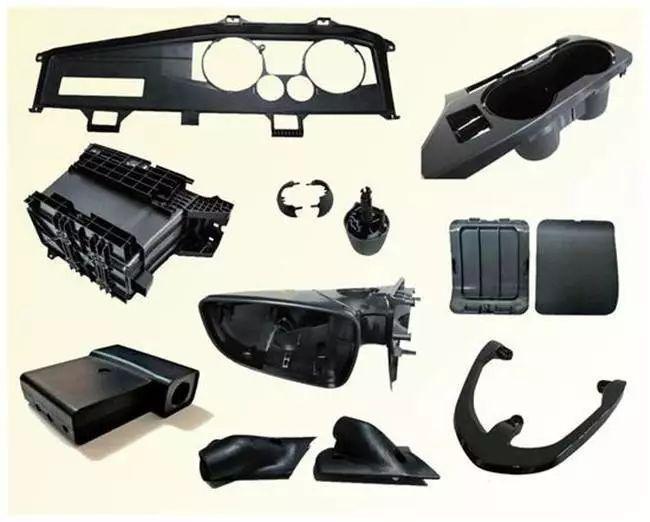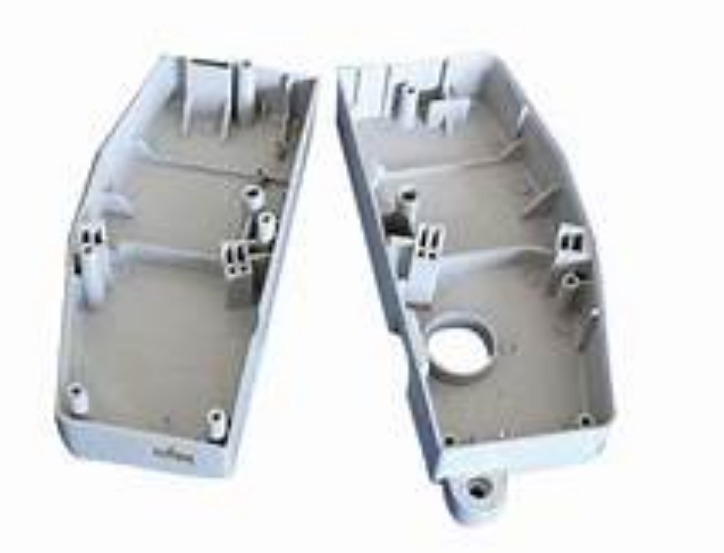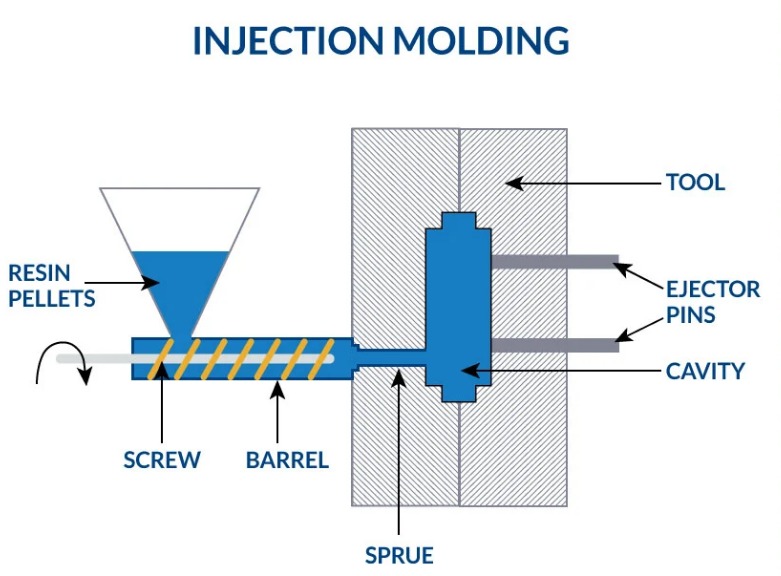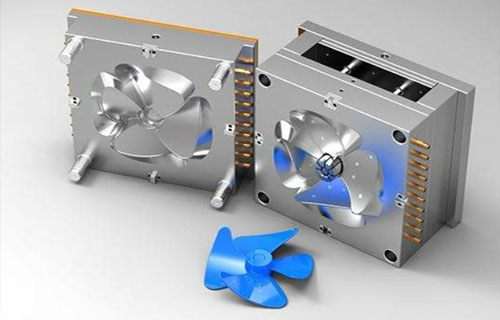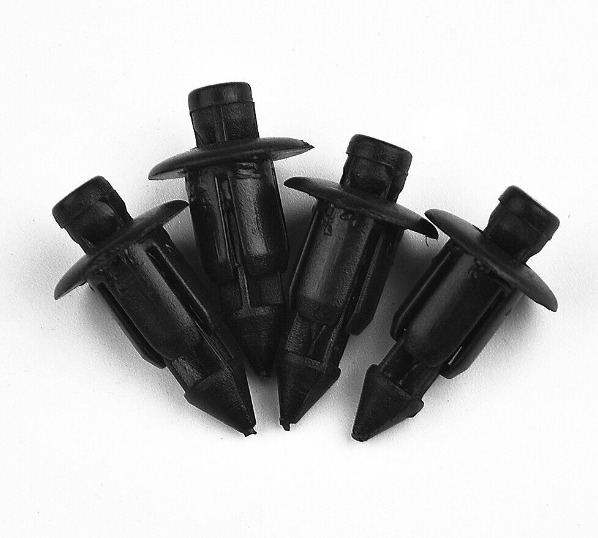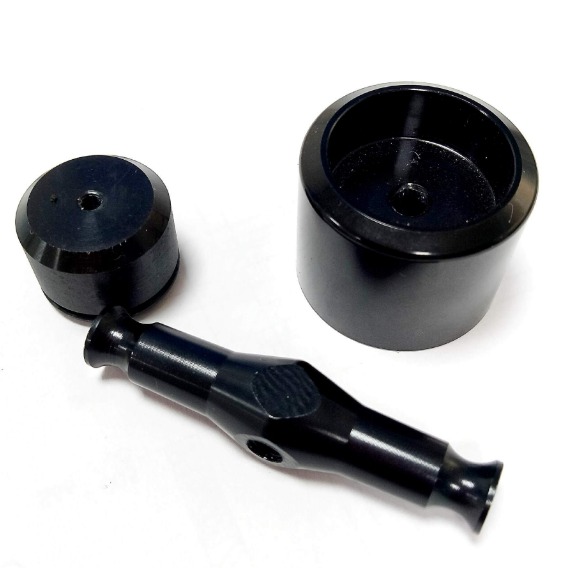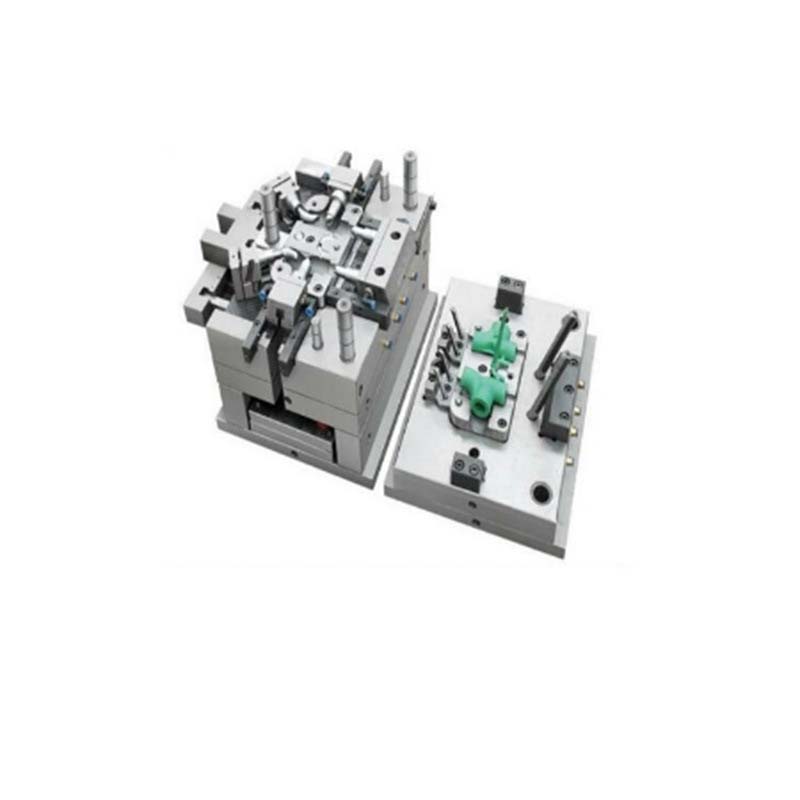What is the Thermoset Molding Process?
The thermoset molding process, also known as thermoset plastic molding, is a manufacturing method that involves shaping thermosetting polymers into desired forms through the application of heat and pressure. Thermosetting polymers are unique in that once they are cured, they cannot be remelted or reshaped, unlike thermoplastic polymers. This irreversible curing process is called cross - linking, which transforms the polymer into a rigid, permanent structure.
Difference from Thermoplastic Molding
The fundamental difference between thermoset and thermoplastic molding lies in the behavior of the polymers during and after the molding process.
- Molecular Structure and Behavior: Thermoplastic polymers have linear or branched molecular structures. During molding, they soften when heated and harden when cooled, and this process can be repeated multiple times. For example, polyethylene and polypropylene are common thermoplastics used in injection molding for products like plastic containers. In contrast, thermosetting polymers form a three - dimensional cross - linked structure during the curing process. Once cured, they become hard and stable, and further heating will not cause them to melt; instead, they may decompose at high temperatures.
- Processing Temperature and Conditions: Thermoplastic molding usually occurs at relatively lower temperatures, typically in the range of 150 - 300°C, depending on the type of polymer. Thermoset molding often requires higher temperatures, sometimes up to 500°F (about 260°C) or more, to initiate and complete the cross - linking reaction.
- End - Product Properties: Thermoplastic products generally have good flexibility and can be recycled easily by remelting. Thermoset products, on the other hand, offer superior heat resistance, chemical resistance, and mechanical strength. They are more suitable for applications where high - performance and durability are required.
Key Types of Thermoset Molding Processes
There are several key types of thermoset molding processes, each with its own characteristics and applications.
Compression Molding
How it Works: Compression molding is one of the oldest and simplest thermoset molding processes. In this process, a pre - measured amount of thermosetting material, usually in the form of a pre - form or a bulk molding compound (BMC), is placed into a heated mold cavity. The mold is then closed, and pressure is applied. As the material is heated under pressure, it softens and flows to fill the mold cavity. During this heating process, the cross - linking reaction occurs, curing the thermoset material into a solid, permanent shape. Once the curing is complete, the mold is opened, and the finished part is ejected.
Applications: Compression molding is widely used in the automotive industry for manufacturing parts such as interior trim components, electrical insulators, and body panels. For example, the large plastic body panels on some classic cars are often made through compression molding. It is also used in the production of kitchenware, like bakelite - based handles for pots and pans, due to the excellent heat - resistance and durability of the thermoset materials processed in this way. Additionally, it is suitable for making large - scale, simple - shaped parts where high production volume and cost - effectiveness are important factors.
Injection Molding
Steps Involved: Injection molding for thermosets is a bit more complex. First, the thermosetting plastic material, often in pellet form, is fed into a heated barrel. A screw - like mechanism in the barrel melts and mixes the material while applying pressure. Once the material is fully melted and plasticized, it is injected at high pressure into a cooled mold cavity through a nozzle. As the thermoset material enters the cold mold, the cross - linking reaction is initiated. After the curing process is complete, the mold opens, and the solidified part is ejected.
Applications: Injection molding of thermosets is commonly used in the electronics industry for manufacturing components like connectors, sockets, and the housings of electronic devices. For instance, the hard, heat - resistant cases of some high - power electrical switches are made using thermoset injection molding. This process allows for the production of complex - shaped parts with high precision, which is crucial for electronic components that need to fit together precisely. It is also used in the production of small, intricate parts in the aerospace industry, where the high - performance properties of thermosets, such as high strength - to - weight ratio and heat resistance, are highly valued.
Resin Transfer Molding (RTM)
Process Uniqueness: Resin Transfer Molding (RTM) is a closed - mold process. First, a dry fiber reinforcement pre - form, such as fiberglass or carbon fiber, is placed into a closed mold cavity. Then, a low - viscosity thermosetting resin is injected into the mold cavity under pressure. The resin flows through the fiber pre - form, impregnating the fibers. As the resin fills the mold, it starts to cure, either through heat or the addition of a catalyst. Once cured, the mold is opened, and the composite part is removed. This process allows for the creation of high - quality, lightweight composite parts with excellent mechanical properties.
Applications: RTM is extensively used in the aerospace industry for manufacturing composite components like aircraft wings, fuselage sections, and engine cowlings. For example, some modern aircraft use RTM - made carbon fiber - reinforced thermoset composite parts to reduce weight and improve fuel efficiency. It is also used in the marine industry for making boat hulls, where the combination of high strength, corrosion resistance, and lightweight properties provided by RTM - produced parts is highly beneficial.
Factors Affecting the Thermoset Molding Process
Material Selection
Material selection is of utmost importance in the thermoset molding process as different thermosetting materials possess unique properties that make them suitable for specific applications.
- Phenolic Resins: Phenolic resins are one of the most commonly used thermosetting materials. They offer excellent heat resistance, withstanding high temperatures without significant degradation. For example, in the production of brake pads, phenolic resins are used due to their ability to endure the high - heat generated during braking. They also have good electrical insulation properties, making them suitable for applications in electrical components such as switchgear insulators. Additionally, phenolic resins are relatively inexpensive, which makes them an attractive choice for large - scale production where cost - effectiveness is crucial.
- Epoxy Resins: Epoxy resins are known for their outstanding adhesion properties. They can bond well to a variety of materials, including metals, plastics, and composites. This makes them ideal for use in adhesive applications, such as in the aerospace industry where components need to be firmly bonded together. Epoxy resins also have high mechanical strength and good chemical resistance. In the construction of chemical storage tanks, epoxy - coated linings are used to protect the tank from chemical corrosion. They are also used in the production of printed circuit boards (PCBs) due to their ability to provide a stable and reliable insulating layer.
Temperature and Pressure Control
Temperature and pressure are critical factors that significantly impact the quality and outcome of the thermoset molding process.
- Temperature: The temperature during thermoset molding plays a dual - role. It is essential for softening the thermosetting material to enable it to flow and fill the mold cavity, and it also initiates and drives the cross - linking reaction. For most thermoset materials, the curing temperature typically ranges from 150 - 260°C (302 - 500°F). For example, phenolic resins usually cure at around 175 - 200°C (347 - 392°F). If the temperature is too low, the cross - linking reaction will be incomplete, resulting in a part with poor mechanical properties and low durability. On the other hand, if the temperature is too high, it can cause over - curing, leading to brittleness, warping, and even decomposition of the material.
- Pressure: Pressure is applied to ensure that the thermosetting material fills the mold cavity completely and evenly. The appropriate pressure range varies depending on the type of molding process and the material being used. In compression molding, the pressure usually ranges from 7 - 35 MPa (1000 - 5000 psi). In injection molding, the injection pressure can be as high as 100 - 200 MPa (14500 - 29000 psi) for some complex - shaped parts. Insufficient pressure may result in voids, incomplete filling, or poor adhesion between different layers of the material. Excessive pressure, however, can cause flash (excess material squeezing out of the mold), damage to the mold, or excessive stress on the part, which may lead to cracking or deformation during or after the molding process.
Mold Design
The design of the mold is a crucial aspect that directly affects the quality and production efficiency of thermoset - molded parts.
- Draft Angles: Draft angles, also known as Demolding slope,are essential in mold design. They are the angles given to the surfaces of the mold cavity that are parallel to the direction of part ejection. For thermoset materials, a typical draft angle ranges from 0.5 - 2 degrees. A proper draft angle allows the molded part to be easily ejected from the mold without damage. If the draft angle is too small, the part may stick to the mold, requiring excessive ejection force, which can cause the part to break or deform. For example, in the production of a thermoset plastic housing with vertical walls, a 1 - degree draft angle on the inner and outer walls would ensure smooth ejection.
- Runner Design: The runner system in the mold is responsible for guiding the thermosetting material from the injection point to the mold cavity. A well - designed runner should ensure uniform flow of the material to all parts of the cavity. In the case of multi - cavity molds, the runner layout needs to be carefully planned to ensure that each cavity is filled simultaneously and with the same amount of material. For example, a balanced runner system, where the length and cross - sectional area of each runner branch are equal, can help achieve uniform filling. The diameter of the runner also affects the flow rate and pressure drop of the material. A larger - diameter runner reduces the pressure drop but may result in more waste material, while a smaller - diameter runner can cause higher pressure requirements and potential flow - related defects.
Yigu Technology's View
As a non - standard plastic metal products custom Supplier, Yigu Technology highly values the thermoset molding process. We understand that this process plays a crucial role in creating high - quality, customized products that meet our clients' unique requirements. Our team of experts is well - versed in the different types of thermoset molding processes, such as compression molding, injection molding, and RTM. We carefully select the most suitable process and materials for each project, considering factors like product design, performance requirements, and production volume. By strictly controlling the molding process, including temperature, pressure, and material quality, we ensure the consistency and reliability of our products. With our advanced technology and rich experience, we can provide customized solutions that not only meet but exceed our clients' expectations, delivering products with excellent mechanical properties, heat resistance, and chemical resistance.
FAQ
Q1: What are the common defects in thermoset molding and how to solve them?
Common defects in thermoset molding include:
- Bubbles: Bubbles can form due to trapped air or gas during the molding process. To solve this, proper venting of the mold is crucial. Ensuring that the mold has sufficient vent holes can allow air and gas to escape. Also, degassing the thermoset material before molding can reduce the likelihood of bubble formation.
- Short Shots (Insufficient Filling): This occurs when the thermoset material does not completely fill the mold cavity. It can be caused by low injection pressure, too - fast or too - slow injection speed, or an improper gate size. Adjusting the injection pressure to an appropriate level, optimizing the injection speed, and ensuring the correct gate size can help solve this problem.
Q2: Can thermoset molding be used for mass production?
Yes, thermoset molding can be used for mass production, but it has both advantages and challenges. Advantages include the high - quality and consistent parts it can produce once the process is optimized. Injection molding, for example, is suitable for high - volume production due to its relatively fast cycle times. However, challenges exist. The high cost of tooling, especially for complex molds, can be a barrier for some manufacturers. Also, the curing process of thermosets can be time - consuming compared to some thermoplastic molding processes, which may limit the production rate to a certain extent.
Q3: How to choose the right thermoset material for my product?
When choosing a thermoset material for your product, consider the following factors:
- Product Use Environment: If the product will be exposed to high temperatures, phenolic resins or certain high - temperature - resistant epoxy resins may be suitable. For applications in a chemically aggressive environment, materials with good chemical resistance should be selected.
- Performance Requirements: For products that require high mechanical strength, such as structural components, epoxy - based composites or high - strength phenolic - based materials might be appropriate. If electrical insulation is a key requirement, phenolic resins are often a good choice.
- Cost Considerations: While high - performance materials may offer excellent properties, they can also be more expensive. Balancing the performance needs of the product with cost is essential. For large - scale production, cost - effective materials like phenolic resins may be preferred when their properties meet the basic requirements.
